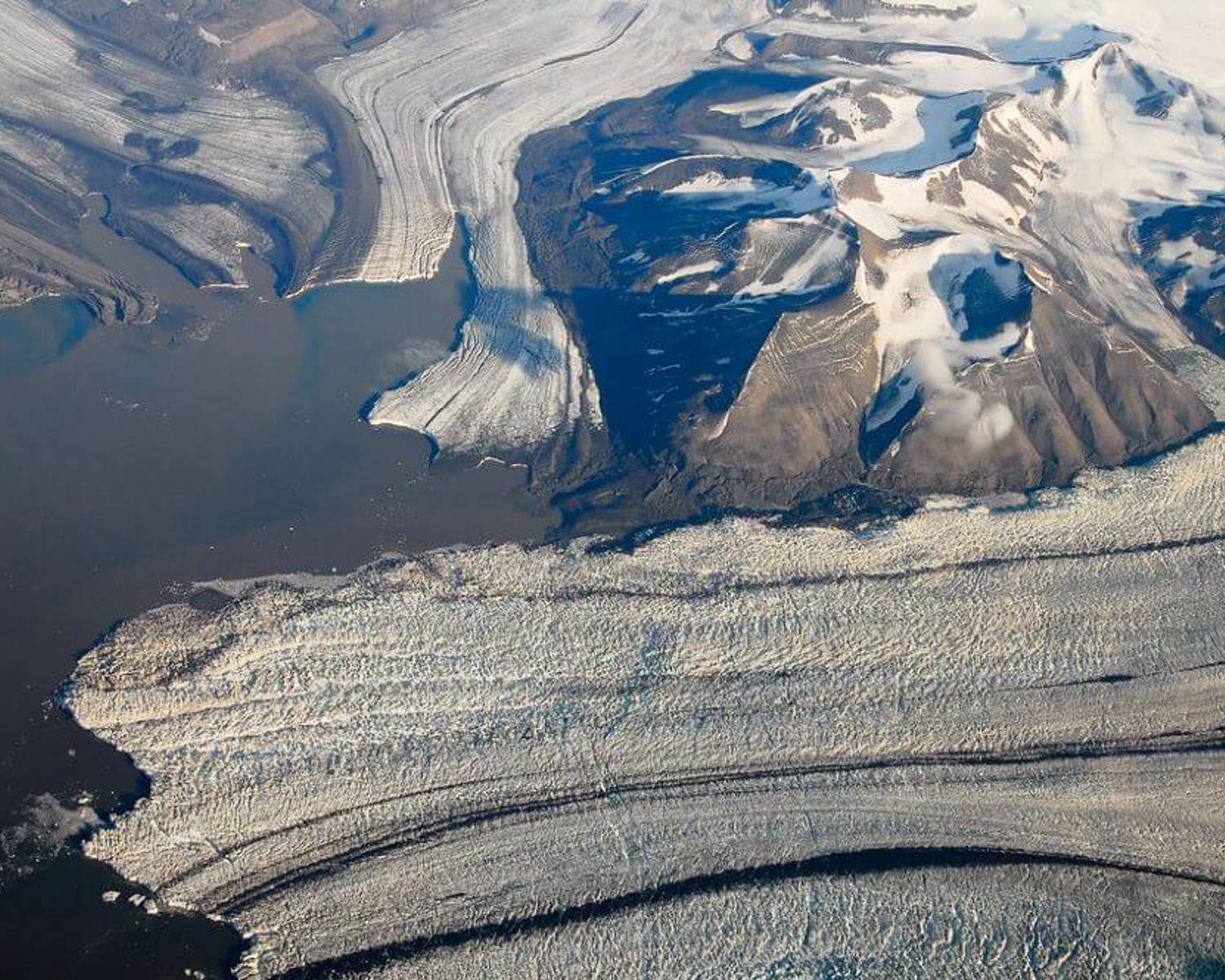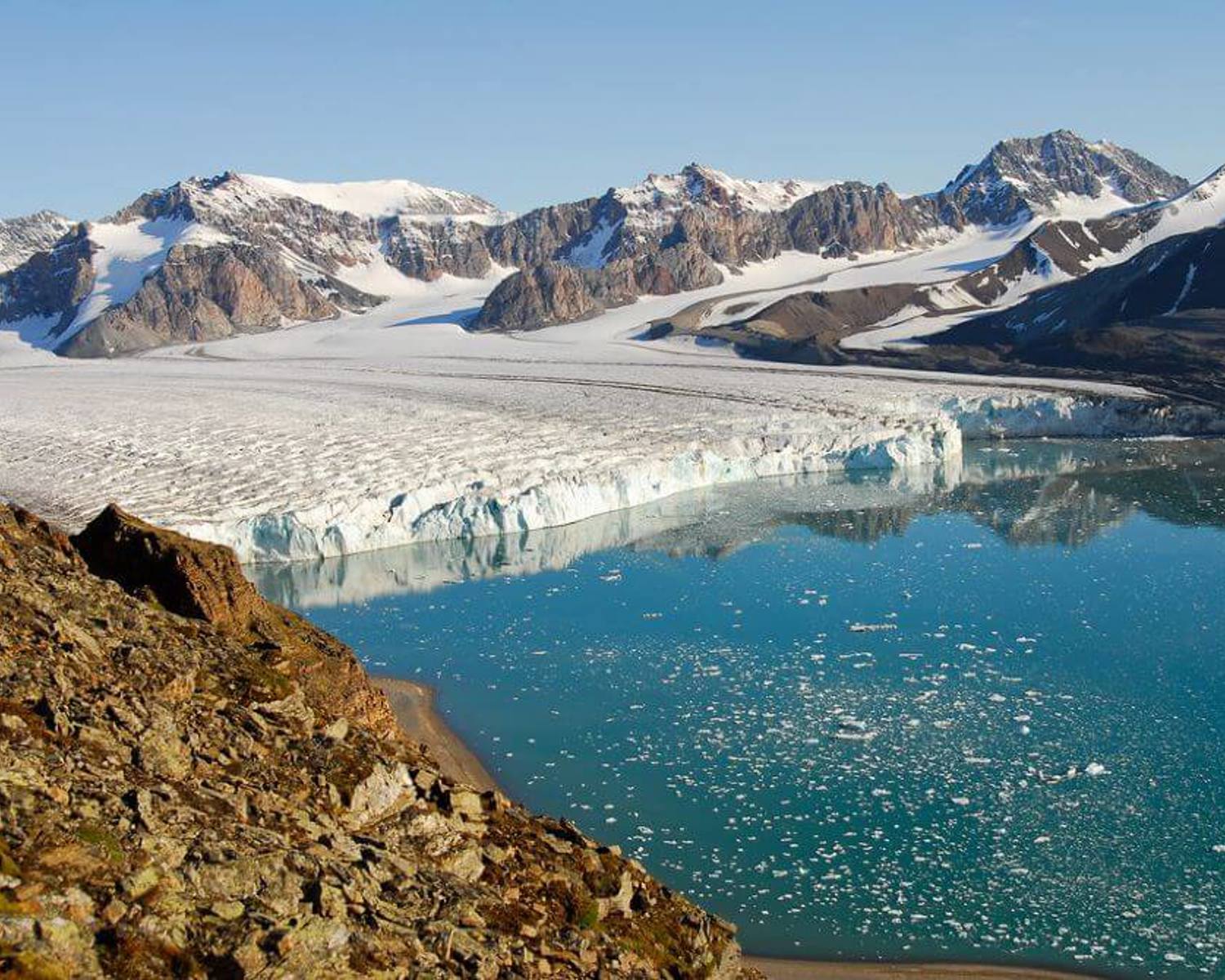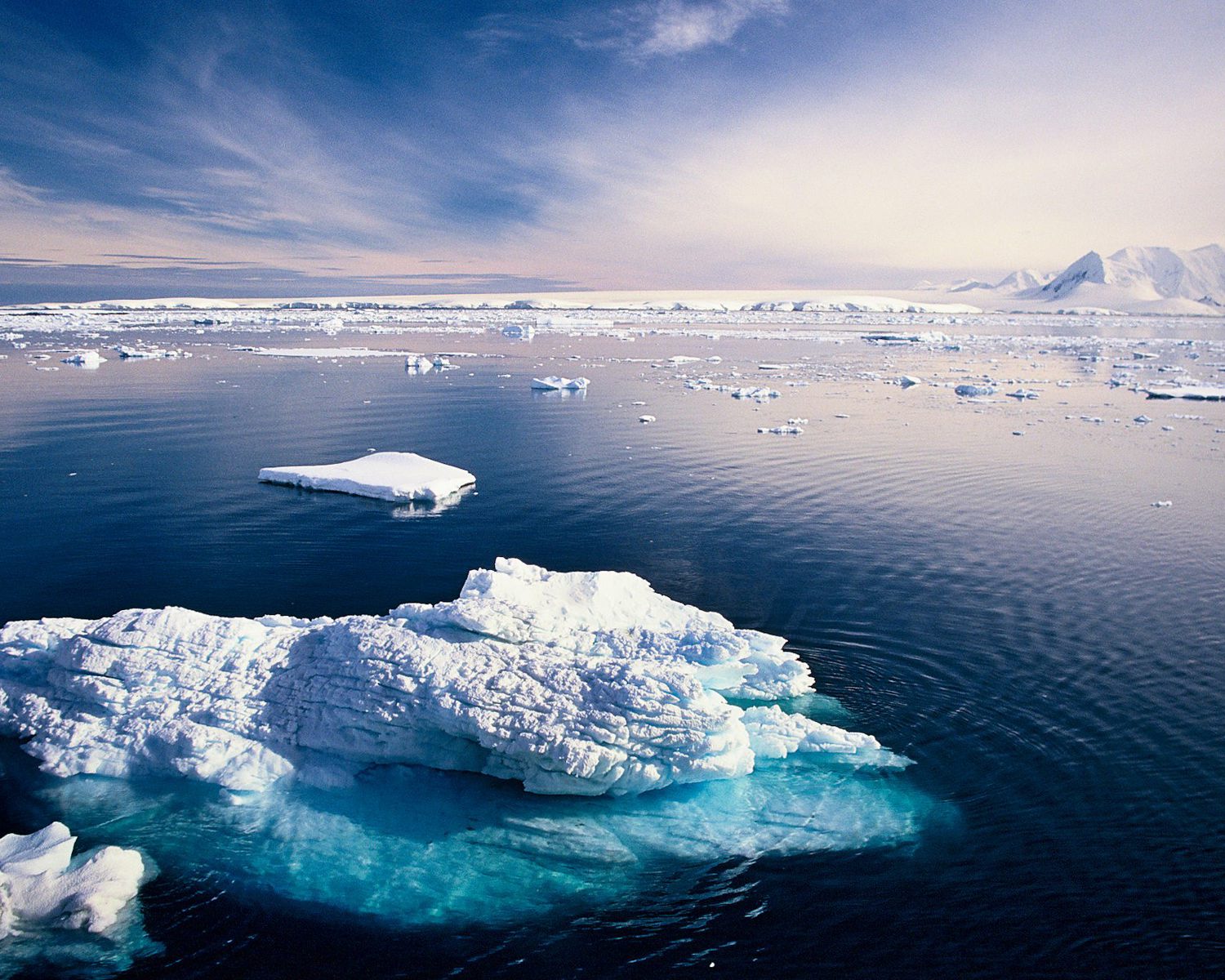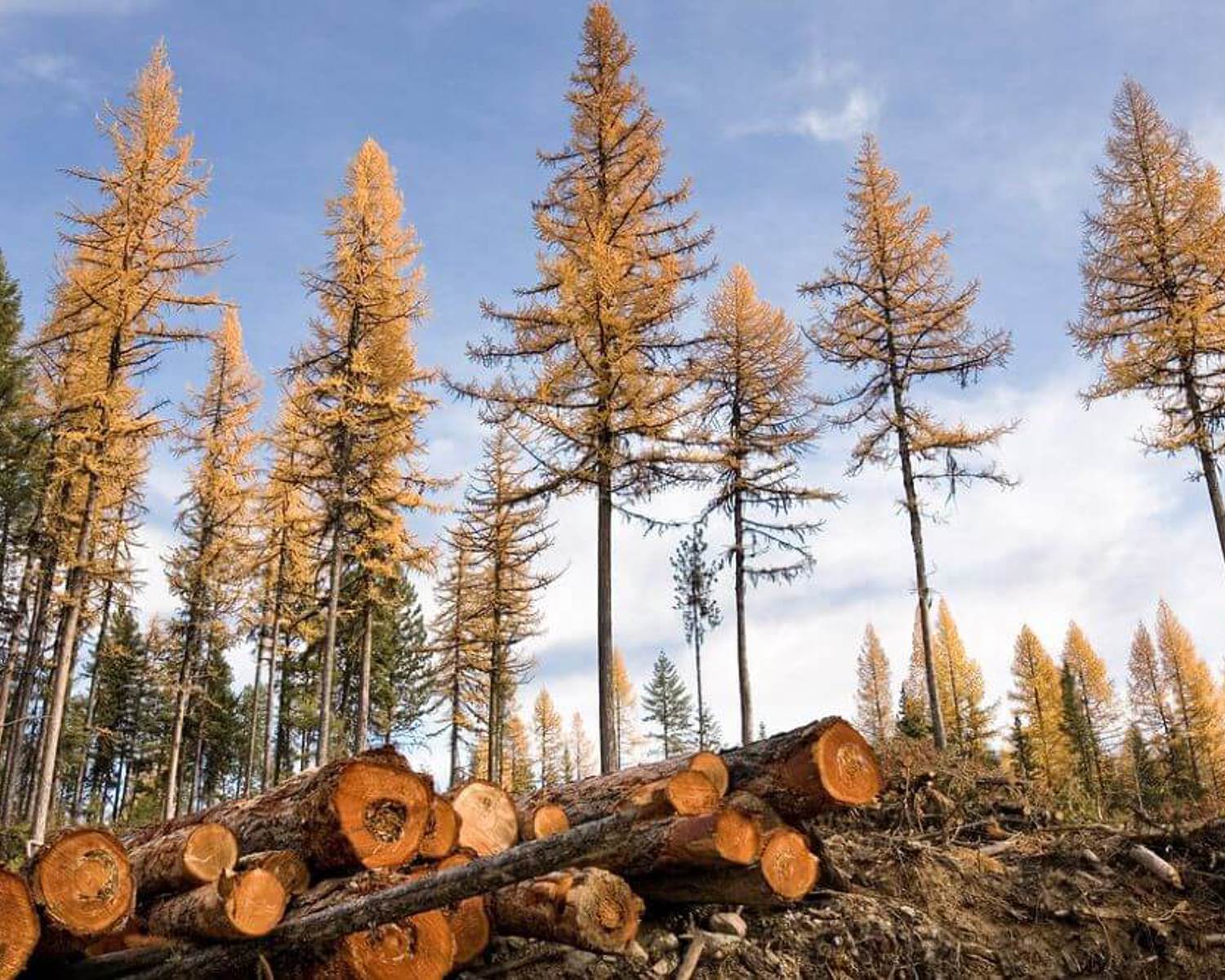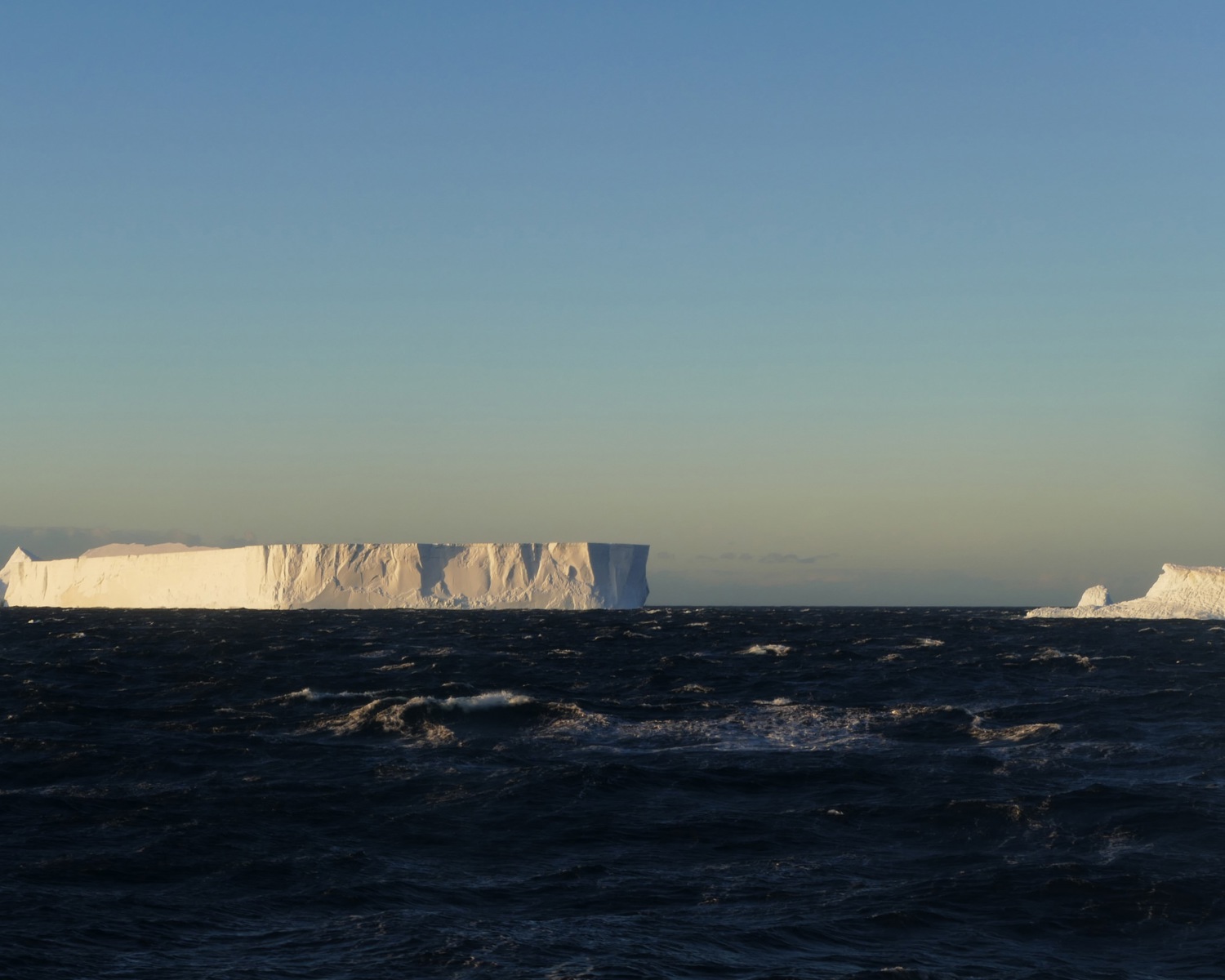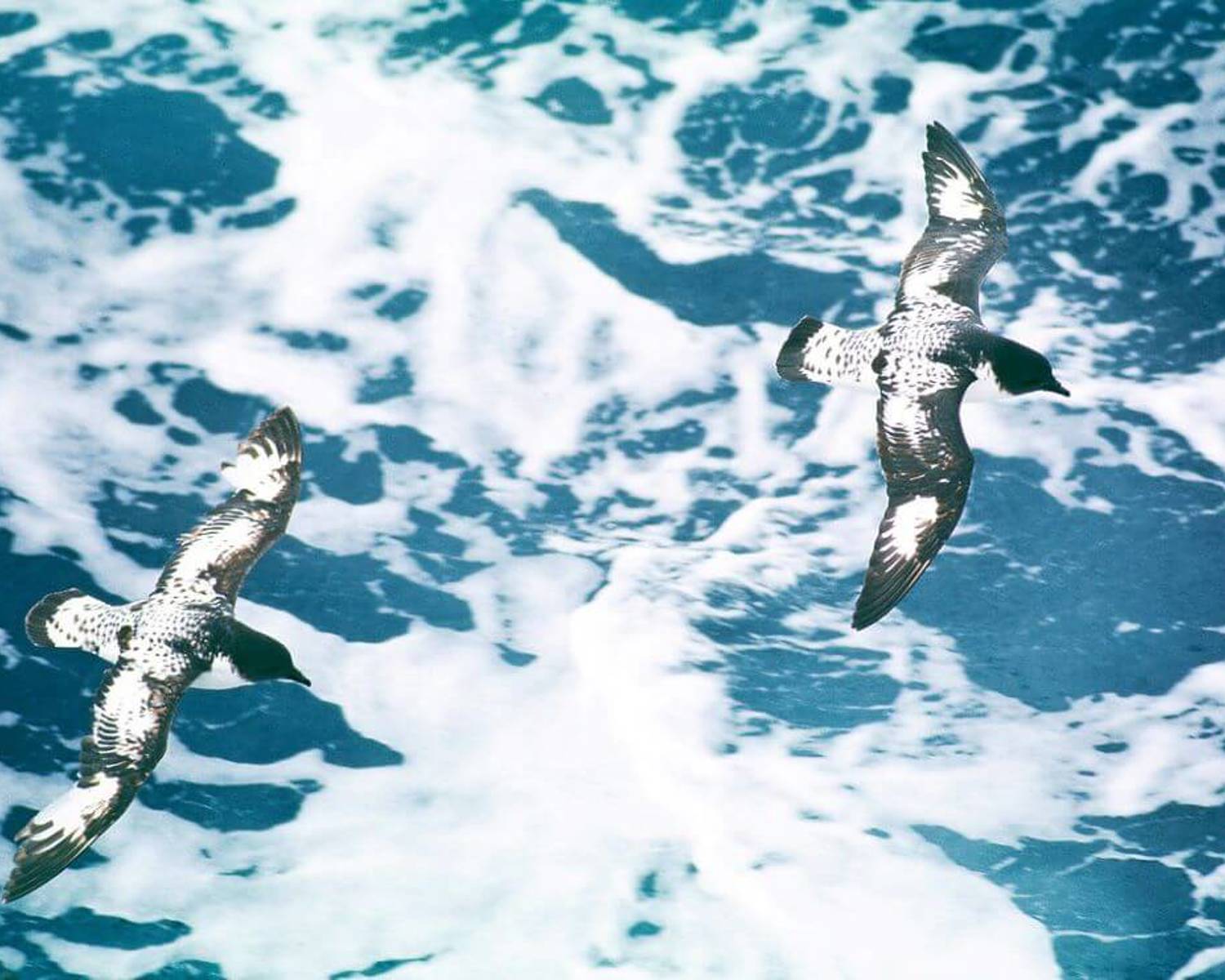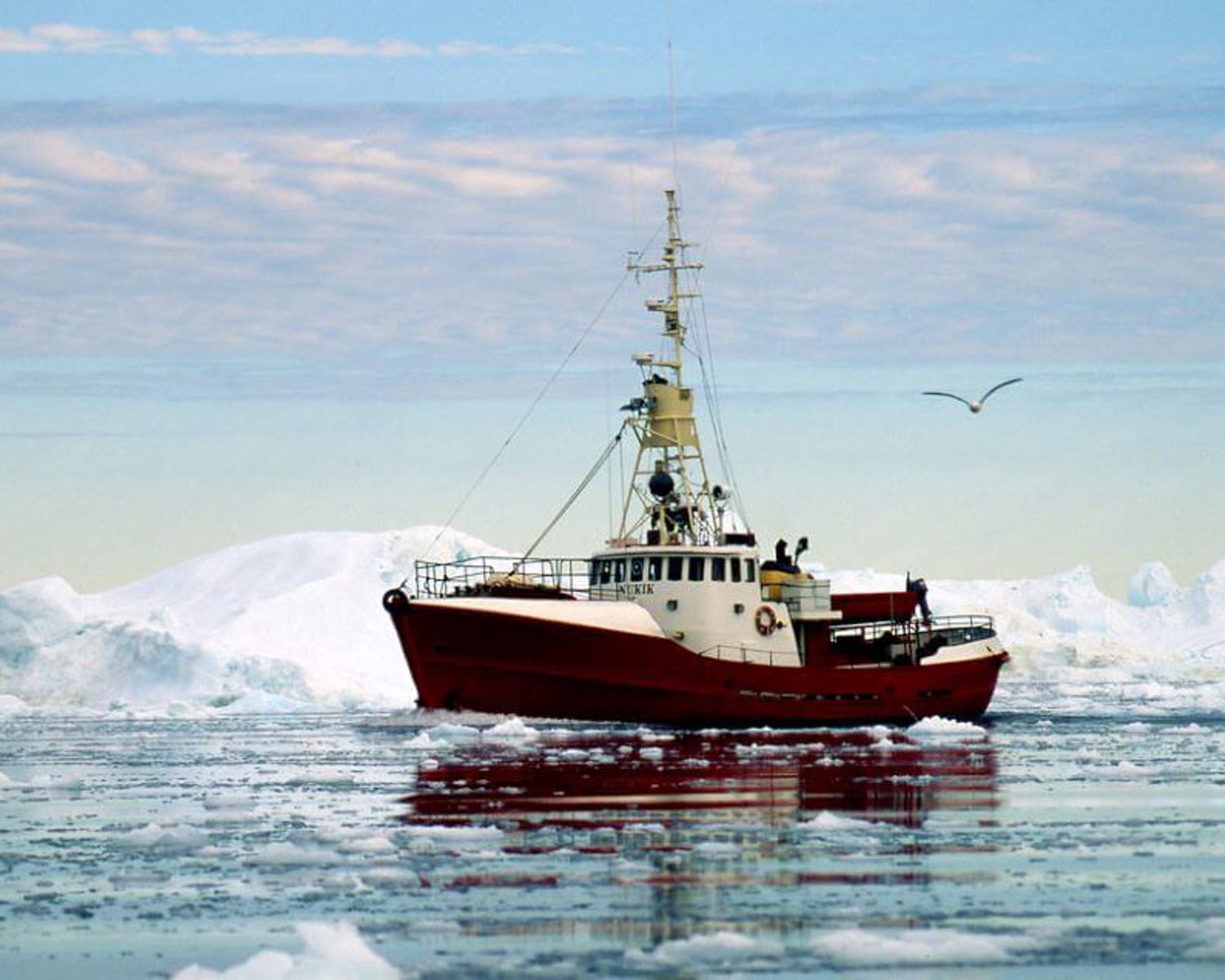Conservation and restoration of peatlands and wetlands in taiga and tundra
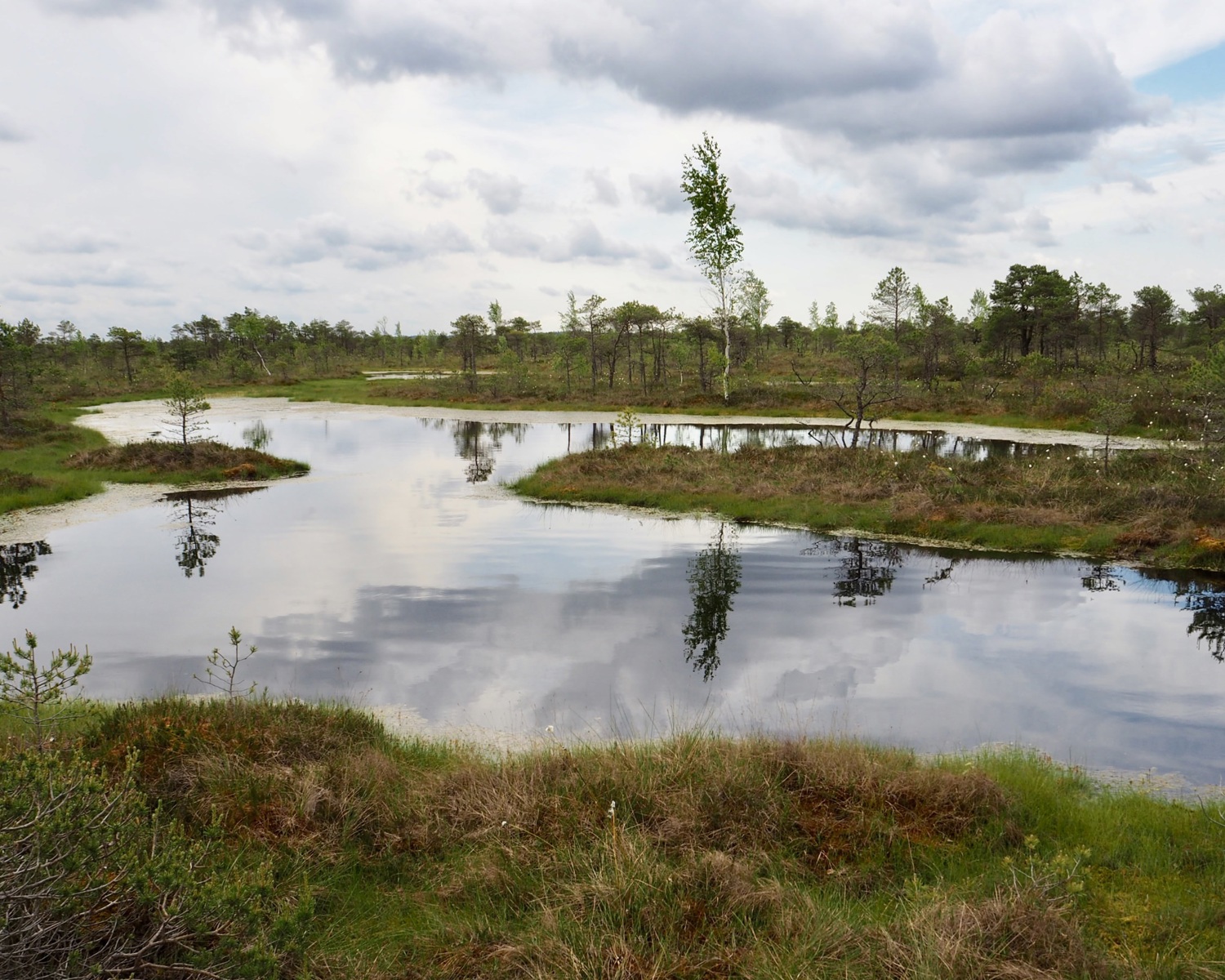
Wetlands and peatlands play important roles in global carbon cycles. Wetlands are areas that are seasonally covered by water. Globally mangroves are often the main topic of focus when it comes to wetlands (IPCC AR6 WG3, 2022, 7.4.2.8). In the Arctic and Northern regions, peatlands are important wetland elements, and will be the focus of what follows. Such peatlands are very carbon rich and store carbon in biomass below and above ground and in soil carbon. Although they only make up 3% of the Earth’s surface, peatlands store up to 21% of terrestrial carbon, and damaged peatlands contribute close to 5% of anthropogenic CO2 emissions (Leifeld et al. 2019). Peatland drainage between 1850 and 2015 has globally already released 80 Gt CO2-eq, and this figure may climb to 250 Gt CO2-eq by 2100 (Leifeld et al. 2019).
Compared to the global state of such areas, Arctic and Northern wetlands and peatlands remain relatively intact (UNEP 2021), and only around 2% of boreal peatlands are currently converted into croplands (Leifeld and Menichetti 2018). However, increasing attention is being paid to the importance of restoring destroyed areas, which make up 78% of total global peatlands, and preserving endangered ones, especially in light of the effects of climate change on such ecosystems. The Resilience and Management of Arctic Wetlands notes (CAFF 2021) therefore highlight the need for increased wetlands resilience to protect against future damage.
When it comes to enhancing or mitigating climate effects of wetlands and peatlands, this can be separated into the protection of existing-, and restoration of damaged or disappeared areas. Protecting and restoration can be done in multiple ways and is case dependent in the required approach, although most would be related to water provision (rewetting). The IPCC AR6 WG3 (2022) report likens peatland restoration to deforestation in that its conservation can be done by controlling the drivers such as 'commercial and subsistence agriculture, mining, urban expansion', or management or governance improvement.
Analysis overview

Technological Readiness Level (TRL)
High 3
The technologies and methods to protect and restore wetlands and peatlands already exist, and the IPCC AR6 WG3 assigns it a TRL of 8/9.
Technological Readiness Level (TRL)
A technology with a TRL of 7-9: TRL 7 – prototype demonstrated; TRL 8 – system complete; TRL 9 – system proven

Scalability
Medium 2
Scalability
Physically somewhat scalable; linear efficiency

Timeliness for near-future effects
High 3
Timeliness for near-future effects
Implemented in time to make a significant difference

Northern + Arctic potential
Medium 2
Boreal and subarctic peatlands make up 78% of total global peatlands. These areas remain largely intact, and are less vulnerable than peatland areas in other areas such as the tropics (Goldstein et al. 2020). Protection and preservation would therefore be especially important (Strack et al, 2022). However, the IPCC AR6 WG3 notes that restoration would still be important, as it would bring significant ecological and socio-economical side-benefits. The report furthermore clarifies that global warming is the biggest threat to northern peatlands as almost half of all stocks north of 23° latitude cover permafrost, the thaw of which also endangers the peatlands on top. However, large uncertainties about the future development of this process makes it difficult to estimate the magnitude of potential emissions.
Northern + Arctic potential
Statistically detectable impacts in the Arctic above the global average; no difference between deploying the solution here or elsewhere

Global potential
Medium 2
Global potential
Statistically detectable impacts

Cost - benefit
Moderate 2
The IPCC Ar6 wg3 notes that there is insufficient data on the cost of peatland restoration to give an accurate estimate. However, the UNEP (2021) report gives a rather extensive cost-benefit analysis. The cost of peatland restoration can be very high, as a global effort to rewet ‘40% of drained peatlands by 2050’ would mean a rise in investments from ‘US$19 billion annually to US$31 billion by 2030, to US$39 billion by 2040, and then in excess of US$46 billion by 2050.’ Yet, they also note that peatlands provide numerous benefits, including economical, and that the price for restoration will only rise in the future.
There will be significant difference between costs of individual projects, with Roe et al. (2021) noting that 0.2 GtCO2-eq yr–1 could already be mitigated for up to USD100 tCO2 –1.
Cost - benefit
Significant investment costs needed, but still much cheaper than the avoided damage costs (e.g., 30%).

Environmental risks
Low risk 3
IPCC AR6 WG3 note that there is a risk of reversal of peatland restoration under increased warming and forest fires. However, there is general agreement that protection and restoration of wetlands and peatlands will provide many ecological benefits (IPCC AR6 wg3, 2022).
Environmental risks
Very limited, site-specific effects restricted to the solution deployment location only

Community impacts
Beneficial 3
CAFF (2021) highlights the specific importance of wetlands for indigenous peoples in Northern regions. Apart from positive ecological and environmental effects, protection and restoration of wetlands and peatlands can, according to the IPCC AR6 wg3 report, lead to improvements in local economies and likelihood. Such measures could, however, be in competition with other means of subsistence. Martino et al (2022) also notes that there could be different preferences in extent of restoration strategies, with some sections of society preferring “less wild” states of natural restoration.
Community impacts
Significant benefits to communities

Ease of reversibility
Medium 2
Ease of reversibility
Possible with significant investment

Risk of termination shock
Low risk 3
Risk of termination shock
Low or insignificant termination shock or damage

Legality/governance
Possible 3
Legality/governance
Currently legal to deploy, with governance structures in place to facilitate it and/or financial incentives to develop it

Scientific/media attention
High 3
Scientific/media attention
Numerous scientific papers with substantial funding and ongoing research groups; significant media attention and "hype"; many companies exploring commercialization options
References
CAFF (2021). Scoping for Resilience and Management of Arctic Wetlands: Key Findings and Recommendations. Conservation of Arctic Flora and Fauna International Secretariat: Akureyri, Iceland. ISBN 978-9935-431-97-4. Available at: https://www.sei.org/wp-content/uploads/2021/05/findings-reccomendations-resilience-and-management-of-arctic-wetlands-2021.pdf. [Accessed 19 July 2024]
Goldstein, A., Turner, W. R., Spawn, S. A., Anderson-Teixeira, K. J., Cook-Patton, S., Fargione, J., ... & Hole, D. G. (2020). Protecting irrecoverable carbon in Earth’s ecosystems. Nature Climate Change, 10(4), 287-295. https://doi.org/10.1038/s41558-020-0738-8
Leifeld, J., & Menichetti, L. (2018). The underappreciated potential of peatlands in global climate change mitigation strategies. Nature communications, 9(1), 1071. https://doi.org/10.1038/s41467-018-03406-6
Leifeld, J., Wüst-Galley, C. & Page, S. (2019). Intact and managed peatland soils as a source and sink of GHGs from 1850 to 2100. Nat. Clim. Change 9, 945–947. https://doi.org/10.1038/s41558-019-0615-5
Martino, S., Kenter, J. O., Albers, N., Whittingham, M. J., Young, D. M., Pearce-Higgins, J. W., ... & Reed, M. S. (2022). Trade-offs between the natural environment and recreational infrastructure: A case study about peatlands under different management scenarios. Land Use Policy, 123, 106401. https://doi.org/10.1016/j.landusepol.2022.106401
Monteverde, S., Healy, M. G., O'Leary, D., Daly, E., & Callery, O. (2022). Management and rehabilitation of peatlands: The role of water chemistry, hydrology, policy, and emerging monitoring methods to ensure informed decision making. Ecological Informatics, 101638. https://doi.org/10.1016/j.ecoinf.2022.101638
Seifollahi-Aghmiuni, S., Kalantari, Z., Land, M., & Destouni, G. (2019). Change drivers and impacts in Arctic wetland landscapes—Literature review and gap analysis. Water, 11(4), 722. https://doi.org/10.3390/w11040722
Strack, M., Davidson, S. J., Hirano, T., & Dunn, C. (2022). The Potential of Peatlands as Nature-Based Climate Solutions. Current Climate Change Reports, 8(3), 71-82. https://doi.org/10.1007/s40641-022-00183-9
United Nations Environment Programme (2021). Economics of Peatlands Conservation, Restoration, and Sustainable Management - A Policy Report for the Global Peatlands Initiative. Edward B. Barbier, Joanne C. Burgess. United Nations Environment Programme, Nairobi. Available at: https://www.unep.org/resources/report/economics-peatlands-conservation-restoration-and-sustainable-management [Accessed 19 July 2024]

